Redcurrants, flavor and health of the forest
5 years ago · Updated 6 months ago
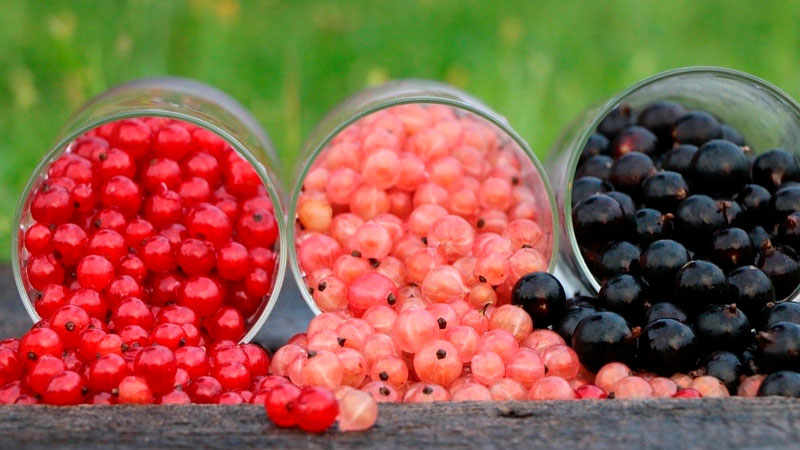
Discover the wild flavor of currants: varieties, properties and how to enjoy
Small, colorful and full of flavor, currants are one of the most appreciated wild fruits when they reach their ripening point. Perfect for making homemade sweets, jams or syrups, these berries win you over not only with their tart, refreshing flavor, but also with their interesting properties.
In this article, we tell you everything you need to know about currants: the most common varieties (like blackcurrant or red currant), where to find them and why you should include them in your next wild pick.
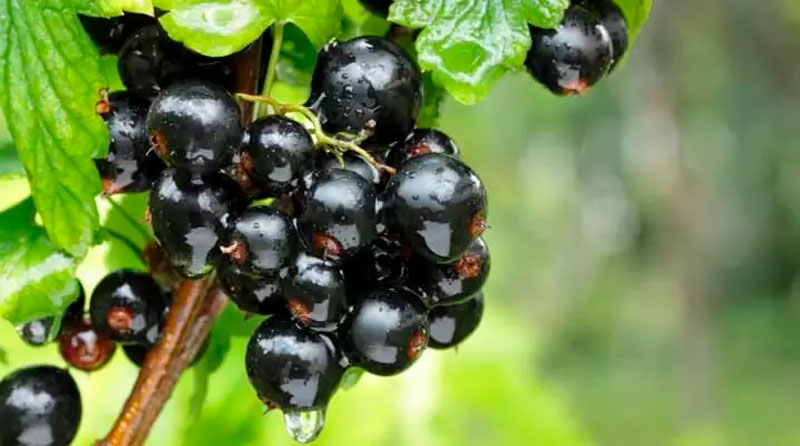
What are redcurrants?
Gooseberry bushes are the plants that give us the delicious currants. They're grateful plants that bring good harvests every year, even if we don't take much care of them.
Currants belong to the Grossulariaceae family and the ribes genus.
Currants (Ribes rubrum L. /R nigrum L. ) belong to the Saxifragaceae family.
The various Ribes species found on the Peninsula are red-fruited and thornless: Ribes rubrum L,. Ribes uva-crispa. L. (edible, spiny red, green or yellow fruit).
What are currants?
Gooseberries are the fruit of the currant bush. They are juicy, sweet and slightly acidic fruits, crowned by the dry calyx, and are harvested in August and September. The red currant of Ribes rubrurn or R. petraeum is edible, sweet and sour and delicious; by contrast, the fruit of R. alpinum is tasteless.
It's a fleshy, pea-sized berry (about 4 millimeters in diameter), transparent red in color and shiny in clusters. Black currant (Ribes nigrum) berries, with smooth, aromatic skin, spherical and pulpy, have many seeds and form groups in clusters.
How many types of currant are there
?
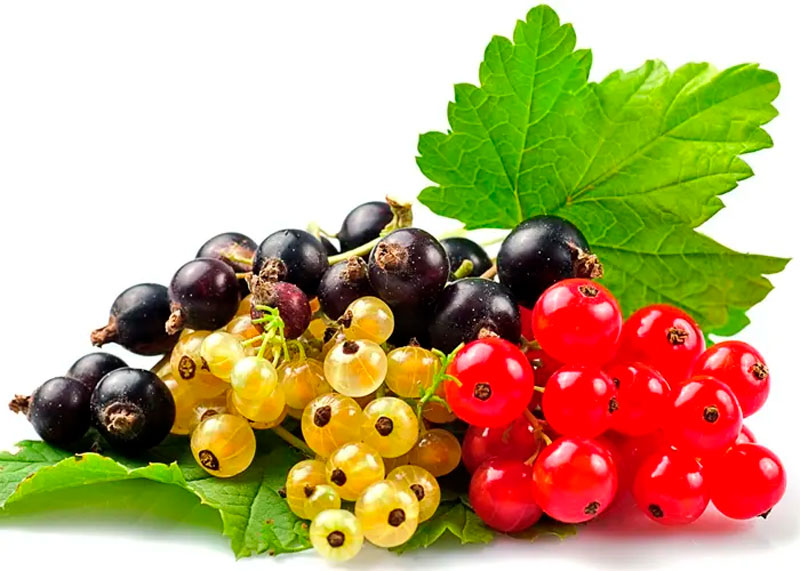
Although new, more commercial varieties have been developed, there are naturally 3 species of ribes with edible fruit that are cultivated:
- Red currant (ribes rubrum L. ) or common currant, with red clusters
- Blackcurrant (ribes nigrum L. ), or black currant, with black clusters.
- White currant, gooseberry, thorny currant, or gooseberry (Ribes grssoluaria L. ) with larger fruit.
Red currant
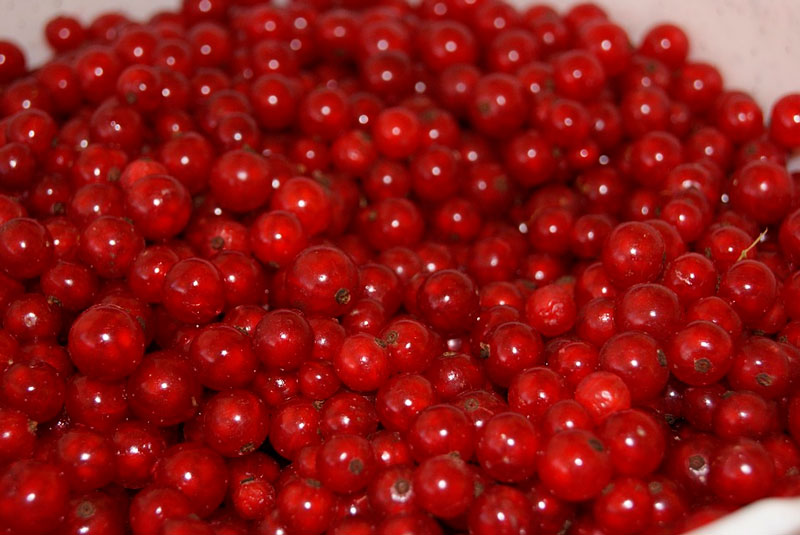
The red currant produces pea-sized globular fruits in clusters with a pleasant tart flavor and are rich in citric and malic acid.
The most prized red currant belongs to the R. rubrum species. It is native to Canada and has a general Latin-Atlantic geographic distribution.
It appears in the high mountainous areas of the peninsular north, and in central and northern Europe. There is a difference in altitude where red currants are found: Ribes rubrum appears at 100-1000 meters altitude and R. alpinum (called calderilla) from 825 to 2,000 meters.
What is the habitat of the red currant?
Its habitat is moist deciduous forests, and it's highly adapted to cool locations and calcareous, rocky soils. It forms hedges or scrub along roadsides, in forest clearings, and especially, in riparian communities. This sparse shrub grows to 1 to 2 meters tall.
It is deciduous, branched and has a predilection for long, cold winters and cool, not hot, summers. They are pollinated by insects and dispersed by animals.
It could be confused with the snowball (Viburum opulus), which also grows near rivers and has lobed leaves, but the fruit is not crowned by the dry calyx, which is poisonous if eaten raw; in some regions, it is used to prepare sauces.
With redcurrants, a redcurrant jam or jelly is prepared, first boiling and, once cooled, removing the seeds and skin from the fruit, using a tomato press, a device invented to remove the seeds from tomatoes but which is perfectly suitable, as passing it through a chinois, which would be another alternative, is very laborious.
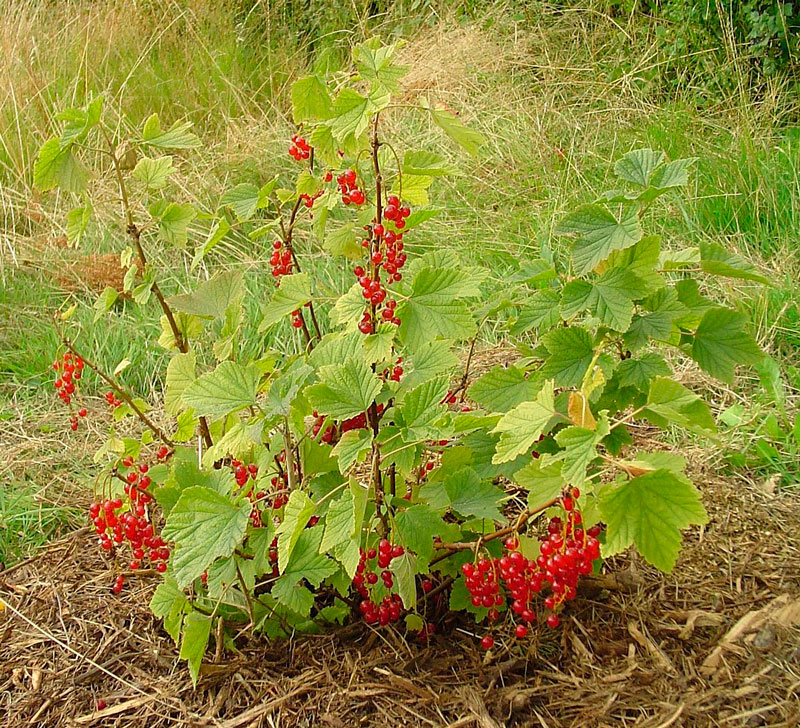
Once the juice and pulp have been separated, we prepare the jam by adding, for one kilo of pulp, around 700 grams of sugar.
Gooseberry, gooseberry
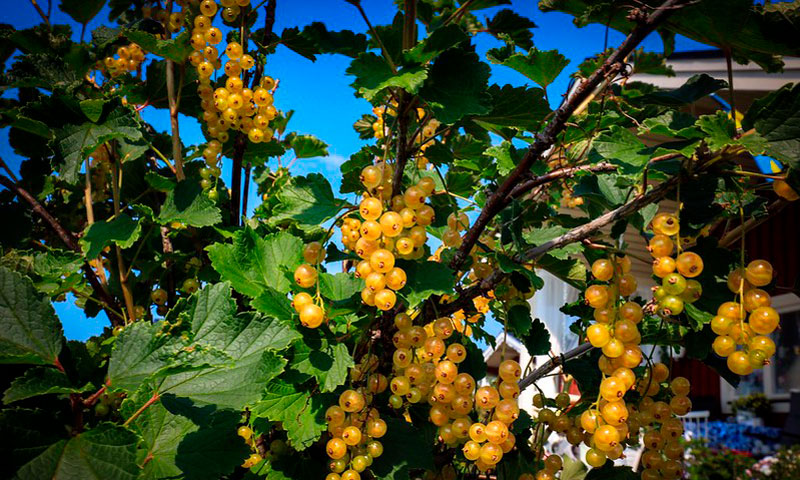
Gooseberry forms shrubs up to a metre high with short, twisting branches with frequent branching that are covered with long, very prickly thorns.
It produces small grape-like fruits that are garnet-red in color when ripe, and are bittersweet in flavor.
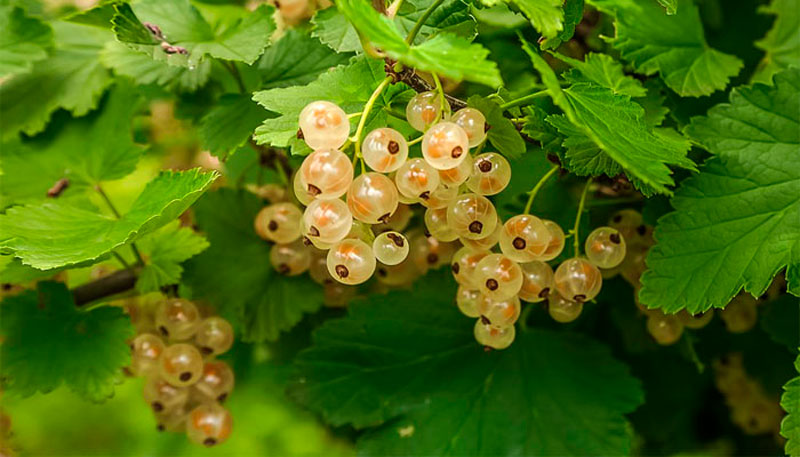
They can be eaten fresh or prepared in the same way as redcurrants.
Cassis
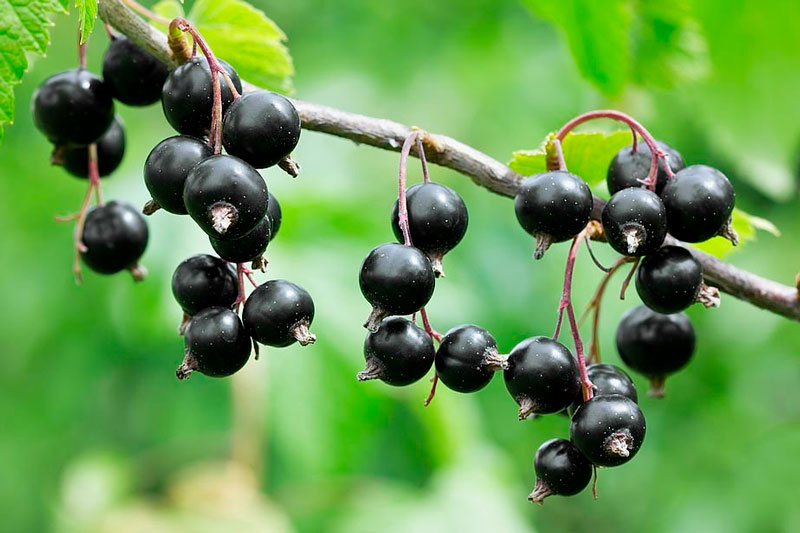
Blackcurrant is a shrub just over a metre high, with no thorns on the branches. The ripe fruit is a black berry, the cassis, slightly larger than that of the red currant.
Blackcurrant (R. nigrum), a thornless shrub with young, hairy branches, is native to Eastern and Central Europe.
At present, it is distributed mainly in northern Europe, in bogs and meadows. It can be found in cool, damp mountainous areas and along rivers.
Blackcurrant, also known as cassis, has a distinctive, unpleasant odor.
With it, blackcurrant confections are prepared, using the whole berry directly without removing the seeds or stem.
For this variety of blackcurrant, kilo for kilo is used, i.e. the same amount of sugar as fruit.
How are the leaves of redcurrants?
The red currant (Ribes rubrum)has simple leaves, which measure 3 to 6 centimeters wide, with the petiole as long as the blade, with 3 to 5 triangular lobes and a tormented underside with yellowish glands on the reverse. In R. alpinum, they are palmate to 4 centimeters and pubescent; all have a toothed margin.
Blackcurrant has lobed, toothed leaves, and the underside is pale with yellow secretory glands.
How do blackcurrant flowers look?
Flowering takes place from May to July. The flowers, which are small, are grouped in short, hanging clusters. They are regular, bell-shaped and vary in color. Blackcurrant flowers are reddish inside and greenish outside, in clusters, with a hairy calyx larger than the corolla.
The currant (Ribes rubrum) has greenish flowers in clusters of 6 to 20, hanging, and which in R. alpium are yellowish-green and also found in upright clusters.
When can we harvest currants?
All these fruits ripen in July and August, and that's always nice because that's when we have the most free time.
Because of their acidic nature, in European countries, where they are very common as wild plants, they are taken as a stimulating aperitif before meals, and are also considered diuretic and excellent for combating gastrointestinal inflammation
What are the properties of redcurrants?
Redcurrants are very rich in vitamin C, potassium and calcium. Its citric acid content gives it its slightly tart flavor. It is highly suitable for combating fatigue, and plays a notable role in protecting the cardiovascular system.
It has antiviral, antibacterial, diuretic and depurative properties.
Here's to mushrooms and currants!

Te pueden interesar